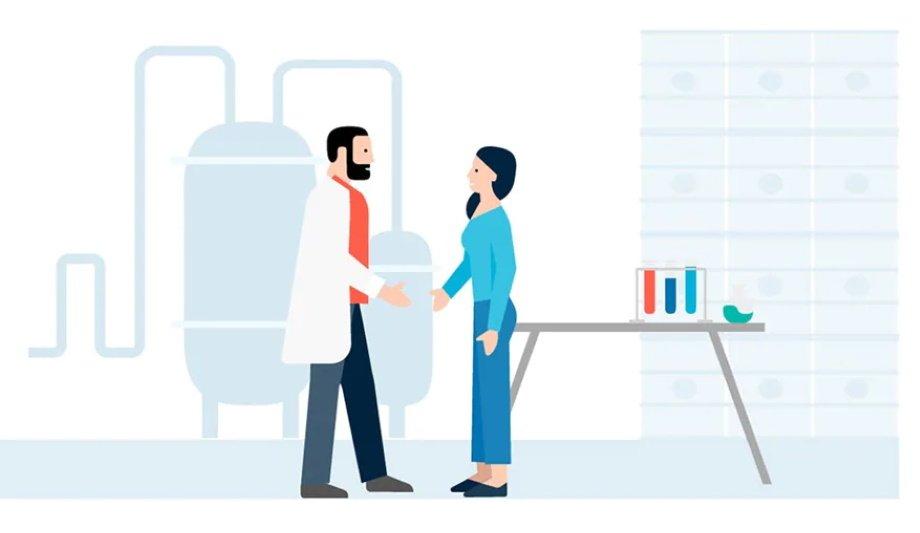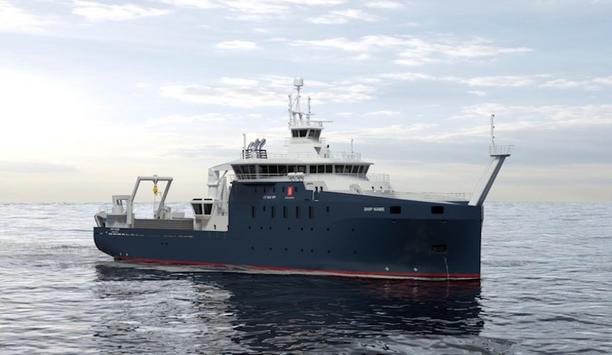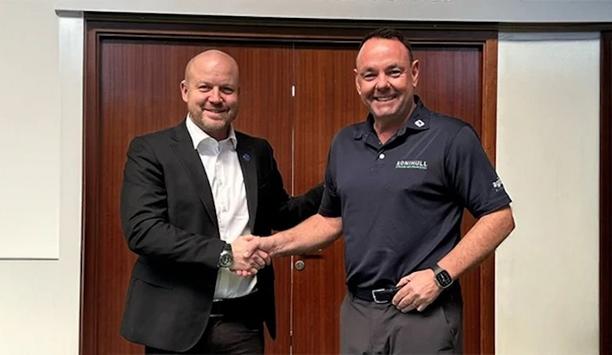Almost two years on from the start of the COVID-19 pandemic, the world is still operating in testing times. Volatility and uncertainty continue to be seen across global networks, and the importance of the supply chain to the success of organisations has also increased, making operational resilience a vital need of the hour.
In October 2020, A.P. Moller – Maersk (Maersk) had conducted a successful webinar that focused on the key steps for building supply chain resilience in the chemical industry. A year on, the company is now looking at a ‘New Better’, by exploring solutions that help further consolidate the resilience in your supply chain.
The pillars & trends of building resilience
Previously, Maersk had looked at the six main pillars that are integral to strengthening the value chain
Previously, Maersk had looked at the six main pillars that are integral to strengthening the value chain. In a recent event, the company focused on the key actions that connect to three of these pillars, and how they contribute towards building the resilience needed.
First and foremost is selecting a dependable logistics partner. Given the complex nature of chemical supply chains, a strong integrated approach can help lay a solid foundation for better inventory management, while also ensuring the necessary buffers are in place, across the entire network.
Maersk’s Hub In Transit (HIT) solution
Proximity to the customers comes next. Solutions, such as Maersk’s Hub In Transit (HIT) can help bring customers closer to the end-market and establish a more seamless last-mile distribution channel.
Maersk’s HIT solution also enhances control tower operations through a visibility platform on the virtual container hub. This visibility can be extended to the customers via the TradeLens platform, which establishes a highly collaborative platform that unifies all the stakeholders across the value chain.
Hub In Transit (HIT) and TradeLens also further exemplify two key emerging trends in the chemical industry – digitisation and more agile supply chains. Let’s take a more comprehensive look at the value they provide in building resilience in the supply chain.
TradeLens
As a global digital ecosystem, TradeLens leverages the power of blockchain technology to provide multiple benefits that boost operational efficiency and resilience, across the value chain, including:
- End-to-end visibility for all the stakeholders across the entire network, which also drives more cost-effective transparency.
- Real-time and on-demand visibility, even for complex scenarios.
- Easy on-boarding through APIs, which allows customers to grow their supply chains in a more scalable manner.
- Better collaboration between customers and logistics partners, by providing a common platform to share shipment information, trade documents and more.
- The function to digitise BLs on the platform making it easier to issue, transfer and surrender eBLs across the supply chain.
This end-to-end value has seen TradeLens see a significant uptake within the chemical sector and auto, tech, retail and lifestyle verticals are also showing strong traction with the solution.
Speed and efficiency key to maximising commercial potential
When operating in a fast-moving and complex logistics network, speed and efficiency hold the key to maximising commercial potential. The Hub in Transit solution helps position inventory in a strategic location, allowing customers to service multiple destination markets and fulfill orders on a need basis. This also leads to fewer variables in the supply chain, giving shippers more flexibility, resulting in shorter and more predictable lead times.
Maersk’s Hub in Transit also includes a visibility solution that is managed by the control tower team
Maersk’s Hub in Transit also includes a visibility solution that is managed by the control tower team. From orders management, booking of a shipment until the final delivery, every step of the journey is tracked via an easy-to-use dashboard, helping to optimise costs and improve operational efficiency.
Even though ocean capacity is still facing disruptions across several trade lanes, solutions like HIT can smoothen the outbound flow, to ensure steady product availability for consumers, improving the OTIF (on time, in full) service level.
Building a more resilient supply chain
In a time of unprecedented disruptions and uncertainty, building a more resilient supply chain should be a primary focus for businesses in the chemical sector. Visibility and agility need to be at the forefront of this initiative, as they can help lay the foundation for greater success down the line.
This is where digital solutions, like TradeLens, have a considerable role to play. With the vast amounts of data readily available within the business ecosystem, harnessing it the right way not only establishes better oversight for customers, but also for every external partner and stakeholder aligned to the value chain.
Streamlining supply channels
Maersk’s Hub-in-Transit solution brings organisations closer to their customers, helping to streamline the supply channels and mitigate the uncertainty that has been seen in global logistics for the past year and a half.










